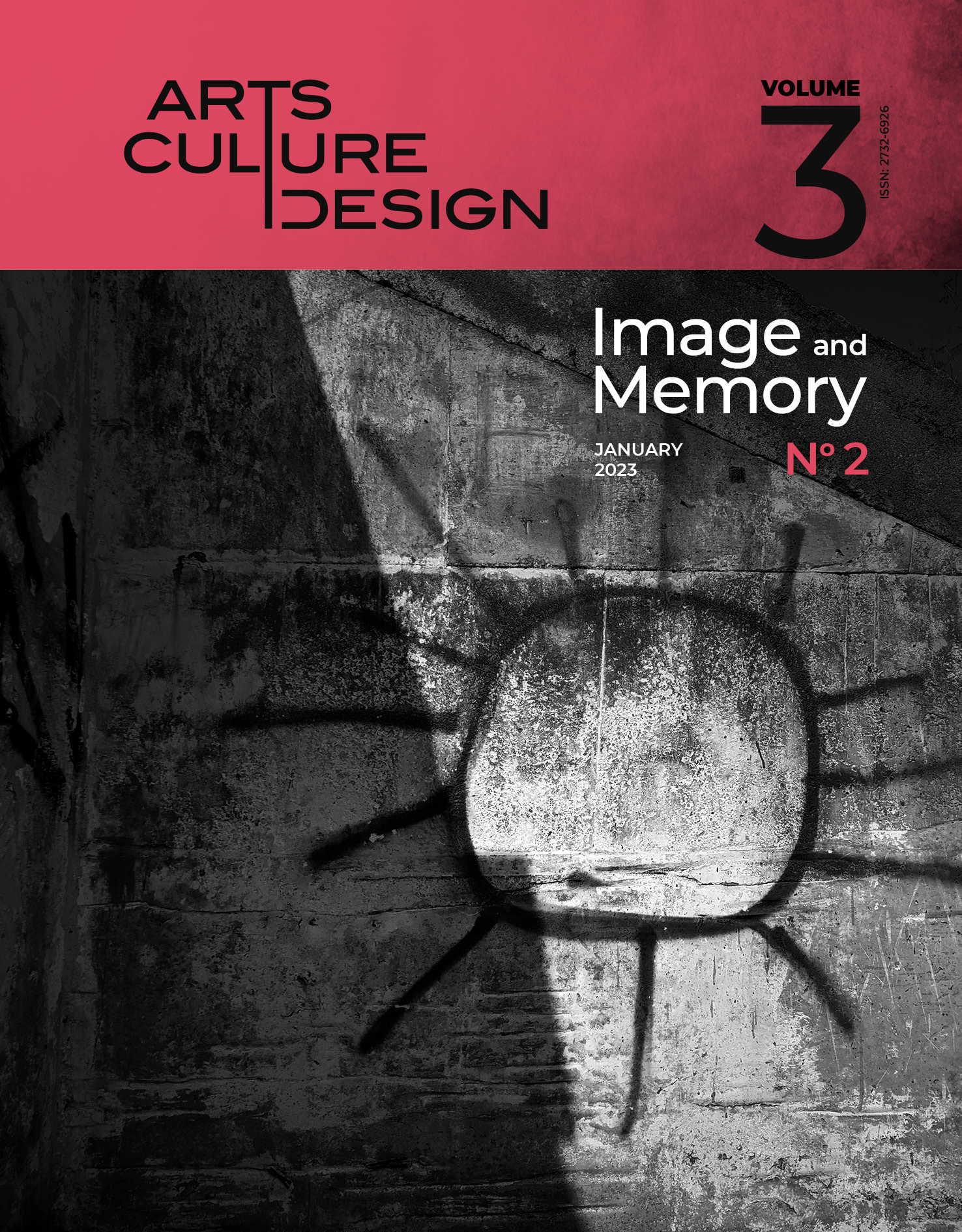(HI)STORIES

Abstract
The purpose of this paper is to journey through the world of abstract signs, symbols, and images, in an attempt to comprehend the process of constitution of memories, of (hi)stories, of dialects, and of (super)natural realities, as generated by human perceptions of things. Sensitivity and intuition in the process of recording impressions of spaces and places, of nature and of objects, are integral parts of the process of generating and storing memories, shaping associations, and fashioning the storylines that compose our (hi)stories. These are also the sources for comprehending the process by which the mind produces images and other means of communication inventing signs and symbols, composing messages, languages, technologies, and arts. The need to leave a trace is instinctive. Human beings are defined by their capacities to observe, propose ideas, defend hypotheses, and prove objectives. Artistic images and creations, from pre-history to today, convey thoughts, facts, and memories, making the incredible diversity of the human spirit visible. All human actions are based upon cultural, social, and ethical constructions of knowledge, interpretations, awareness, and of engagements. Arts and cultures, then, are mirrors of the journey of civilization, reflecting on the entirety of its expeditions and productions. Imagery and metaphor connect people, continents, philosophies, beliefs, (hi)stories. Languages and arts transcend locations and personal differences, illustrating and enhancing the understanding of realities, ethics, and aesthetics. Nowhere on earth do people exist without language, art, or culture.
Article Details
- How to Cite
-
Berriet, M. (2023). (HI)STORIES . Design/Arts/Culture, 3(2), pp. 19–27. https://doi.org/10.12681/dac.31320
- Section
- Articles

This work is licensed under a Creative Commons Attribution-NonCommercial-ShareAlike 4.0 International License.
The copyright for articles in this journal is retained by the author(s), with first publication rights granted to the journal. By virtue of their appearance in this open access journal, articles are free to use (with the exception of the non-granted right to make derivative works) with proper attribution for non-commercial uses (licence Creative Commons 4.0). EKT/NHRF retains the worldwide right to reproduce, display, distribute, and use articles published in DAC in all formats and media, either separately or as part of collective works for the full term of copyright. This includes but is not limited to the right to publish articles in an issue of the Journal, copy and distribute individual reprints of the articles, authorize reproduction of articles in their entirety in another EKT/NHRF publication, and authorize reproduction and distribution of articles or abstracts thereof by means of computerized retrieval systems.
DAC journal considers all submitted artwork on the condition author(s) confirm that third-party intellectual property rights are not violated in any way.
Author(s) are responsible for securing permissions to publish copyrighted material, such as photographs and other artwork and for paying any fees involved. Production of an article will not begin until the editor has received all relevant permissions.
The copyright for published articles in Design | Arts | Culture is retained by the author(s). By virtue of their appearance in this open access journal, articles can be used freely, with proper attribution, for educational and other non-commercial purposes.


